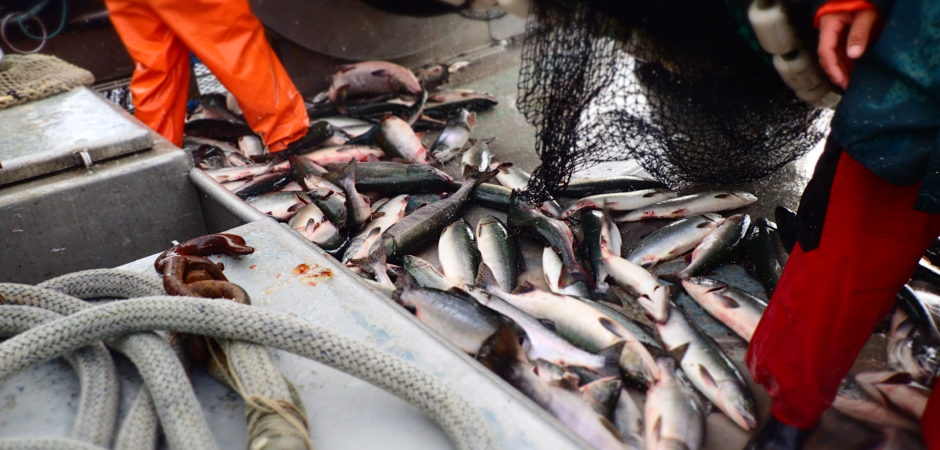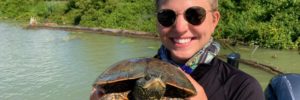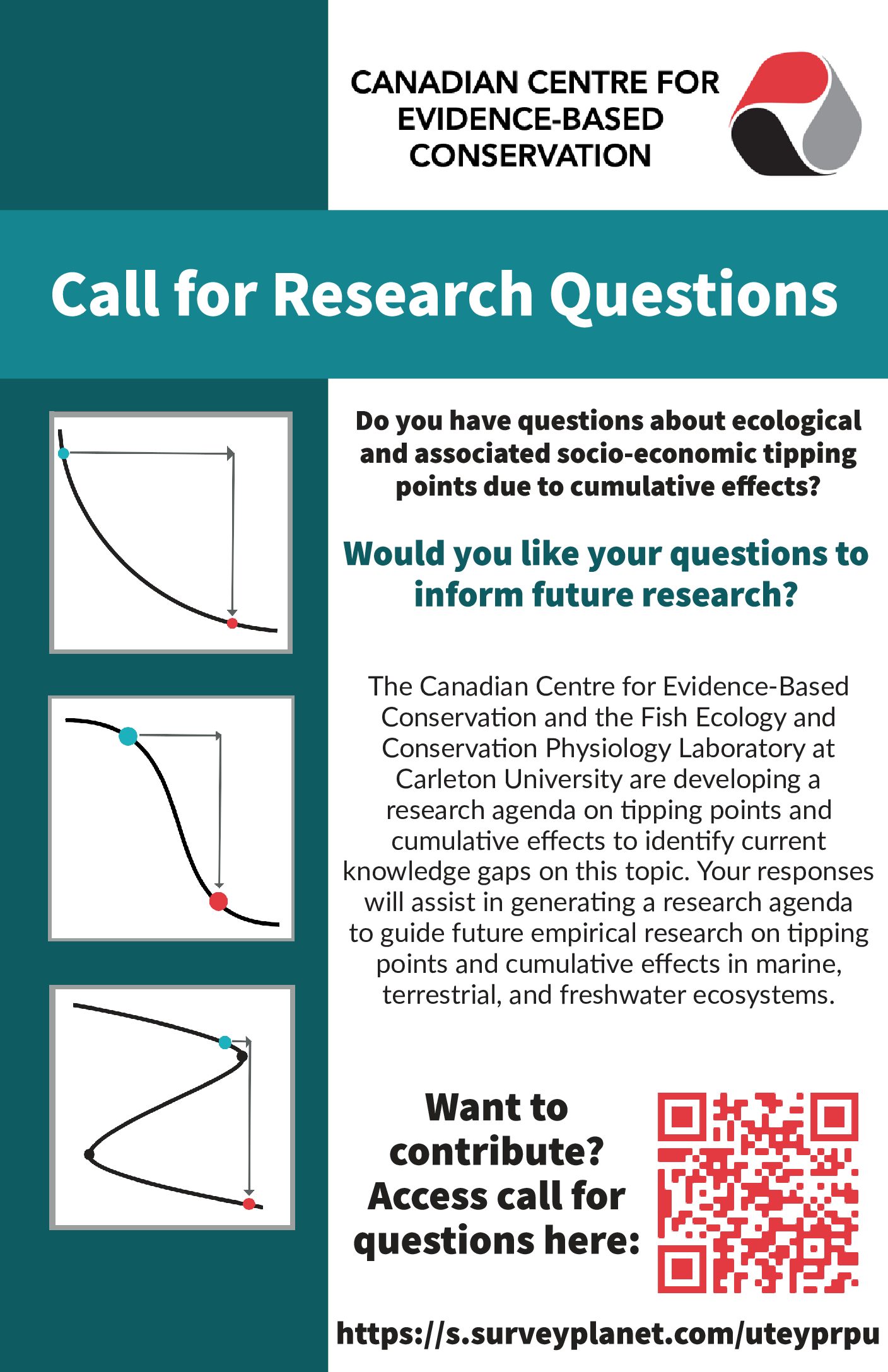Funded By
Natural Sciences and Engineering Research Council of Canada (NSERC), Pacific Salmon Commission (PSC), and Ocean Tracking Network (OTN)
Research Team
Andrea Reid, PhD student, Carleton University
Katrina Cook, PhD student, University of British Columbia
Dr. Steven Cooke, Professor, Carleton University
Dr. Scott Hinch, Professor, University of British Columbia
Industry and management partners:
Canadian Fishing Company (Canfisco)
Nisga’a Fisheries and LGL Limited
Research Summary
Fisheries capture is among the most stressful events fish experience in their lifetime. As with all fish, when Pacific salmon encounter capture gear and either escape, or are landed and released, often because they are unwanted or are of conservation concern, they face a very uncertain fate. Stress, both physiological (e.g., elevated cortisol) and physical (e.g., skin, scale and mucus loss), can promote disease development as well as immediate or delayed mortality. However, few studies of escaped or released salmon monitor disease progression throughout the spawning migration, or surveil the entirety and ultimate outcome of migration. In many cases, disease is quantified at a single point in time, and mortality only monitored to natal sub-watershed when salmon may still be hundreds of kilometers from spawning grounds. This is problematic as such estimates are used to determine acceptable harvest rates for target fish (e.g., pink salmon, Oncorhynchus gorbuscha) and thus their unintended impacts on other encountered fish (undesired or of conservation concern; e.g., sockeye salmon, O. nerka).
British Columbia’s Nass River provides a unique opportunity where Pacific salmon disease and fate can be accurately monitored using in-river infrastructure (e.g., fish wheels, fishways) continually managed and maintained by the local First Nations fisheries departments. In summer 2016, our team experimentally captured adult sockeye salmon in partnership with marine commercial purse seines in the mouth of the Nass River. These fish were subjected to experimental treatments to simulate realistic capture-and-release scenarios, sampled for disease, radio-tagged, released, and tracked to spawning grounds. Throughout the spawning migration, fish were opportunistically recaptured on fish wheels and at fishways so they could be resampled for disease. Information from this study will be used to quantify disease progression and ultimate fate effects associated with different capture and handling methods. This research will directly inform fisheries management and identify the practices that promote sockeye salmon health and spawning success.





